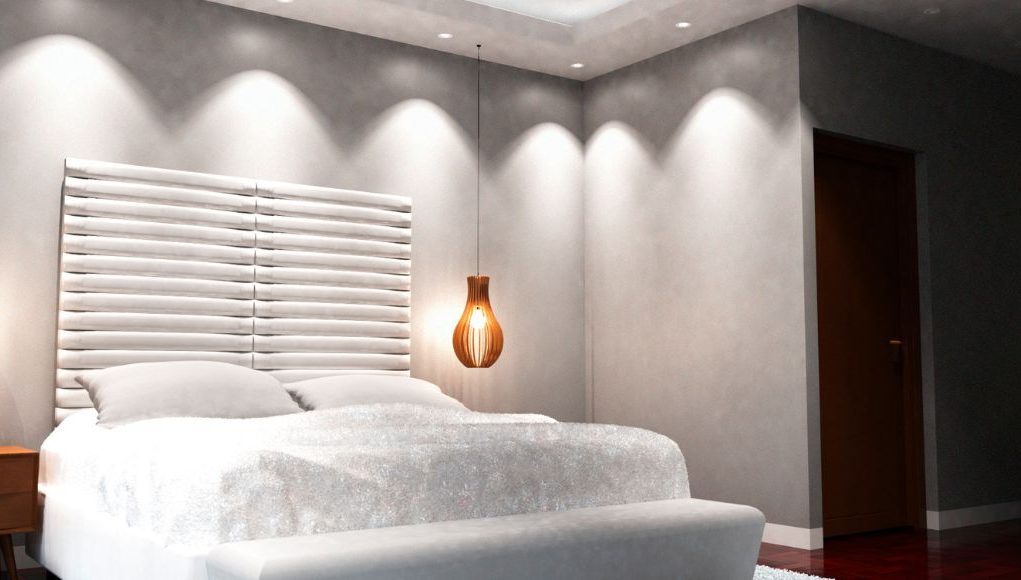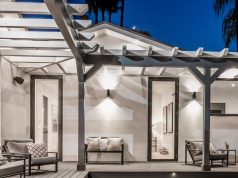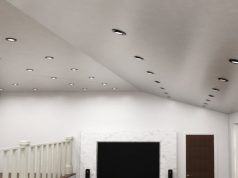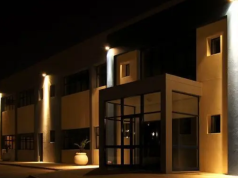When creating the flow and ambience of a space, lighting can be a fundamental aspect that can drastically change the game. Brighter lamps can make you feel invigorated, lively and alert, while dimmer lights are relaxing and cosy.
To ensure that you’re able to design the best lighting setup for the purpose of your space, here are some indoor lighting tips!
Tip #1: Form a Lighting Plan
Whether starting from the ground up or just remodelling a part of your home, it’s best to draft a minim brief or lighting plan detailing your essentials. Identify the activities that take place in the space (watching, reading, eating, cooking) and the focal points of the room you want to highlight. Also, think about the structural boundaries you need to consider.
Examine the style, output, scale and colour temperature of the lighting fixture before you dive into the design decisions. Planning ahead will enable you to steer clear of trouble once the construction phase takes place. It’ll lessen your rushed last-minute decisions, which often result in sub-standard outcomes.
Although it can be a hassle, being very detailed in your planning stage is crucial to achieving the best results.
Tip #2: Layer Your Lights
Instead of settling with one light source, create layers of different fixtures across varying levels to add interest and ambience to a room. With this, not only will you elevate the visual appeal of your space, but you’ll also guarantee that all your lighting needs are addressed.
Use lighting to take advantage of the room’s shape and size. Adding uplighting will make the space look more prominent while hanging a low pendant will produce an illusion of height. However, if you cluster your fixtures in one area, it’ll make the room look cosy.
Tip #3: Ensure There Are Plenty of Lights
Think about the activities you may do in each room where lighting can affect or help you. In cooking, you’ll need more concentrated brightness, so a combination of brilliant downlights and recessed lighting above your counters and stove tops is beneficial.
When reading, directional and flexible fixtures directed away from you are a good option. For a powder room, you’ll need a combination of downlights and sidelights to have a clear view when you do your makeup and skincare.
Dimmers will become your best friend when lighting a room. It can make your lights more energy-efficient, and you’ll be able to change the atmosphere of the space in an instant!
Tip #4: Select the Bulb Meticulously
No matter how stunning your fixtures are, if you have a bulb that does not suit the room, you’ll most likely not use it. So, ensure that your bulbs are not an afterthought and you really scrutinise the specifications. Review the following:
- How bright does your space need to be (check the lumens count)
- What kind of atmosphere do you want to have (colour temperature – cool, natural or warm white light)
- Do you need your lights to be energy-efficient (opt for LEDs for a long lifespan and low power consumption)
- Do you want to highlight or set apart certain parts of the room
Tip #5: Utilise Ceiling Spotlights to Set Apart Focal Points
You can use light fixtures to highlight feature walls, architectural designs, and prized possessions you want your guests to see when they enter the room. Aside from that, you can systematically arrange wall-mounted lights to surround a statement mirror for a unique and sophisticated look!
Adjustable LED downlights, ceiling spotlights, wall scones and pendant lights are some of the fixtures that you can play around with to give your area a distinctive character!
Tip #5: Use Lights to Make Your Guest Feel Welcomed
Harsh cold lights can make your space look like a clinic rather than a home. It’s not pleasant to hang out in a room that reminds you of your dental appointments! Therefore, instead of cool white light in rooms where you entertain, make your friends feel welcomed by cosying up the atmosphere with warm white lights!
In addition, you can use ceiling spotlights to point at the centre of your dining table to draw people in!
Tip #6: Illuminate Your Hallways at Night
Going to the bathroom in the middle of the night can be made worse by strong lighting that causes temporary blindness when you switch it on. Well, it’s not like you can walk in the dark because that can make things even worst!
So, as a remedy, you can help ease your eyes into the brightness by purchasing directional floor-level lighting for your bathroom floors, staircases and hallways. With this, you can use your bathroom without turning on your bright ceiling lights, or the hallway lights will make it easier for your eyes to adjust once you turn on your bathroom lights.
Tip #7: Keep It Consistent
To create a harmonious interior design, you need to keep the theme, colour scheme, material and finish consistent, especially in lighting. Having too many styles bundled together in a room may look cluttered and confusing to the eyes. It can cause uneasiness which is not the result you want to achieve!
Neutral light tones can help open up your space and make it look bigger. On the other hand, adding a pop of colour will add interest, and darker shades can invite a luxurious and cosy feeling!
While consistency is ideal, it does not mean you should always go black and white and not deviate from a particular pattern. If you know you can do well with mixing and matching, go ahead! However, if you’re unsure, try looking at mood boards on the internet to give you some ideas.
Lighting is a simple way to add more wow factor to your interior design. You don’t always need to redo your entire system just to refresh your space! Adding a few lamps, changing a few bulbs or rearranging a few fixtures can create a significant impact, so don’t hesitate to make these small changes. So, if you want to get top-quality LED lights, visit our website, Simple Lighting! We have an extensive collection of indoor, outdoor, and commercial lighting.













